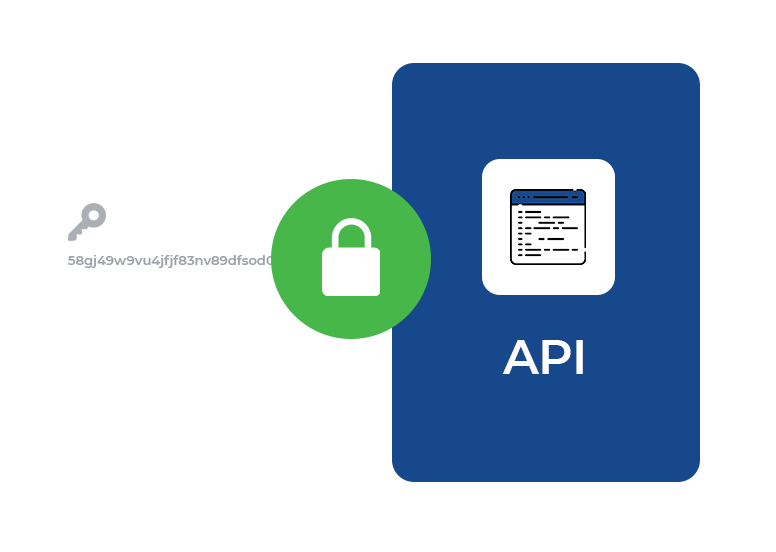A few weeks ago, we started a conversation about APIs (application performance interfaces), how they work and their benefits. Now, it’s time to zero in on one specific facet: API security.
APIs empower businesses to connect different platforms into a collaborative ecosystem. They leverage data and functionality across applications. Whenever there’s interoperability, there are always questions about security. Here are some key things to know about API security.
APIs Have Superior Security Protocols Over Legacy Integration Methods
The current business landscape is all about connectivity, accessibility and aggregation. Organizations pull data from multiple sources. It’s not just a few sources; it’s hundreds. With this increased demand to make everything “work together,” legacy integration methods just don’t operate efficiently. These older processes also incur a significant amount of risk because these antiquated systems don’t have the robust security mechanisms that APIs employ.
For companies to gain the efficiencies that APIs offer, they also need to be confident in the security behind them.
The Central Piece of API Security Is Authorization and Authentication
A gateway service is an API management tool. It sits between a software application and a collection of backend services. It accepts API calls, and its most common job is to handle authentication. You authenticate every day when you log in to a system. A gateway service acts as a secure entry point to APIs.
Users can only pass through the gateway with a secret key that the API owner provides. Once they do, that’s not the end. Every request must tie to an “authenticated” user. That requires user credentials. If needed, granular database restrictions are possible for specific users.


When an Open API Is a Secure API
An open API, also known as a public API, means that the interface is available to external software developers. Most APIs have this designation because businesses want to make it easy to connect their platforms with others to improve usability.
With security in place, an open API is a safe API. It allows businesses an easier path toward interoperability. Authorized and authenticated developers and systems can then securely and efficiently exchange data and functionality.
Consider the API as a shield, protecting databases, programs and code isolated from any external access. The security layer is there, but it doesn’t make integration more complicated or unworkable.
API Architecture Should Be Security-First
We designed our API solution, part of the new Integration Suite, with a security-first approach. Our architecture and code ensure the safety of data. They also ensure that we meet any regulatory compliance requirements regarding data security or privacy. Since each request requires authentication, the system logs every action into a transparent audit log.
With this type of API, you don’t have to compromise functionality or security; you can have both.
Learn more about Marketron’s open APIs and the challenges they solve by visiting the Integration Suite overview page.






